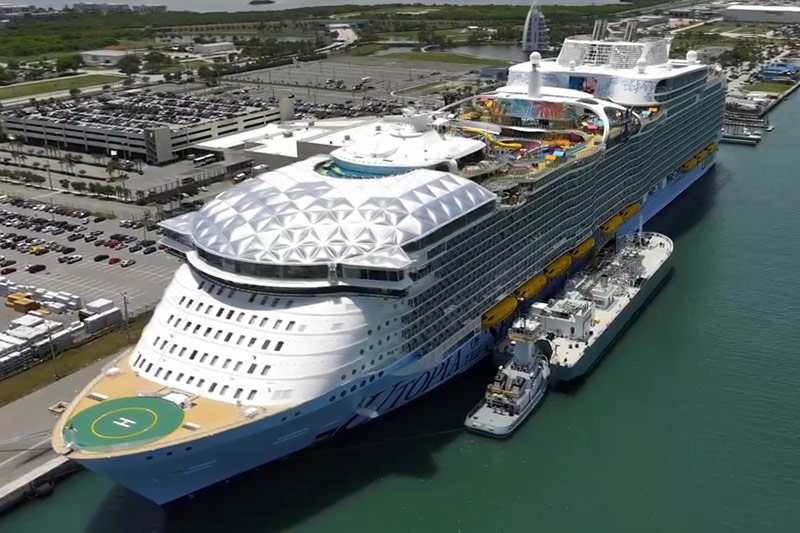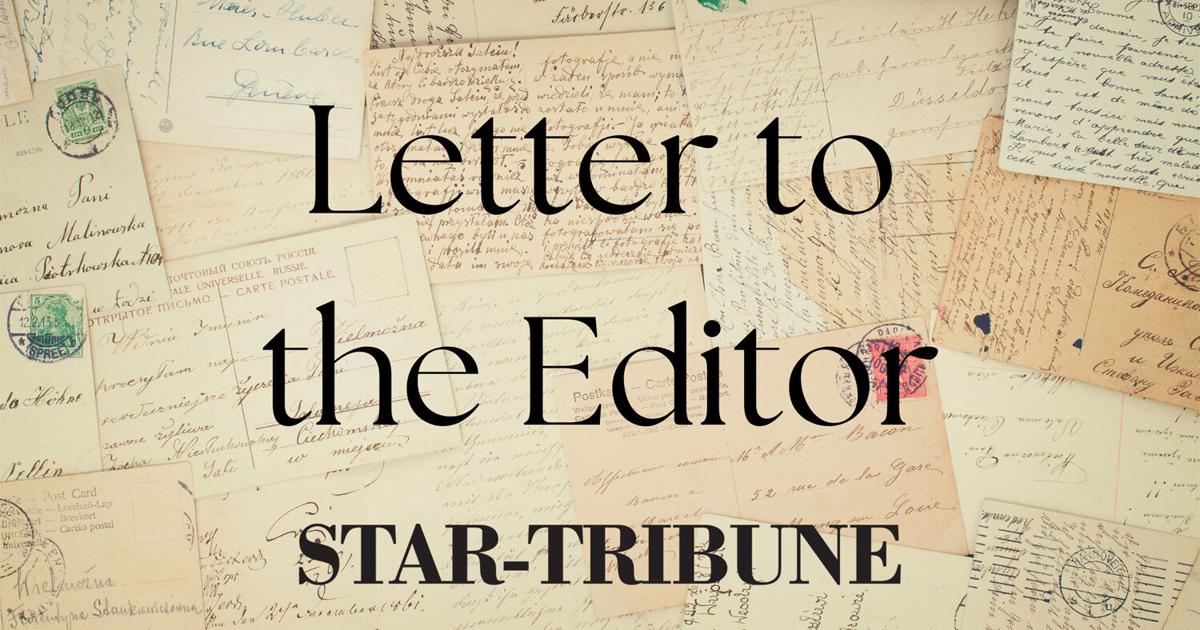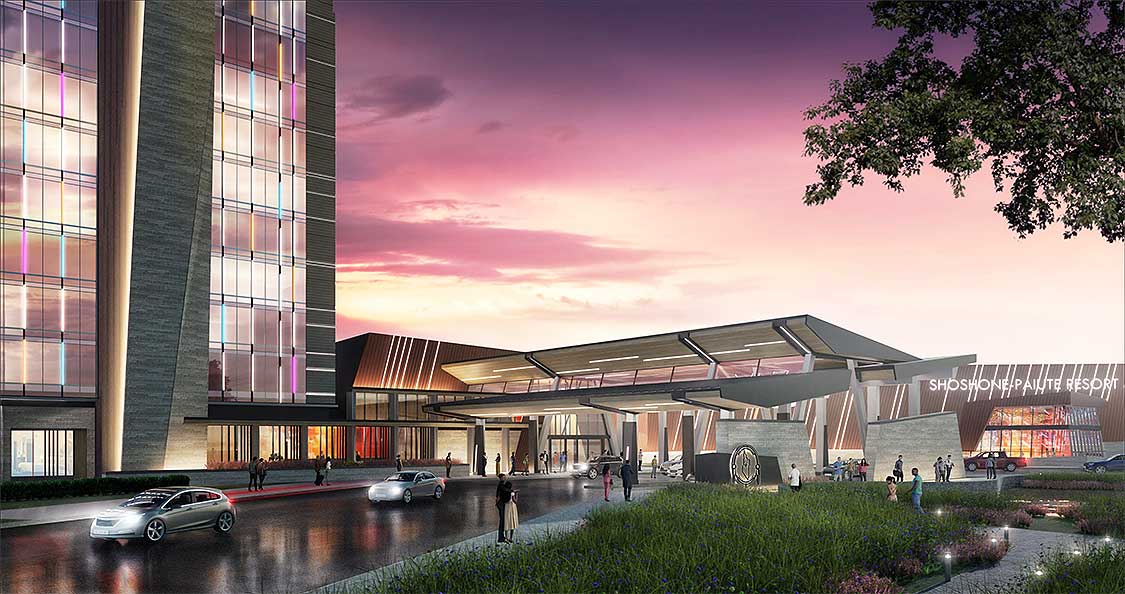Tied to one of the largest undeveloped copper-gold assets in Canada, Western Copper and Gold Corp.’s latest infrastructure update signals momentum on the port and power projects – and evolving plans for road access – needed to make Yukon’s Casino project a mine.
Located approximately 300 kilometers (186 miles) northwest of Whitehorse in the Yukon’s Dawson Range, Casino is considered one of the largest undeveloped copper-gold deposits in the world.
Since acquiring the property in 2008, Western Copper and Gold has worked to reveal the extent of this deposit, culminating in a 2022 preliminary economic assessment that outlines an economically robust mine projected to produce 178 million pounds of copper, 231,000 ounces of gold, 1.36 million ounces of silver, and 16.6 million pounds of molybdenum annually over a 25-year mine life.
This PEA is based on 2.03 billion metric tons of indicated resource averaging 0.14% (6.58 billion pounds) copper, 0.17 grams per metric ton (12.1 million ounces) gold, 1.4 g/t (100.5 million oz) silver, and 0.016% (731 million lb) molybdenum; plus 1.46 billion metric tons of inferred resource averaging 0.1% (3.28 million lb) copper, 0.14 g/t (6.6 million oz) gold, 1.2 g/t (55.2 million oz) silver, and 0.01% (322.8 million lb) molybdenum.
Having completed its exploration and resource delineation phases, Casino is now deep into the advanced planning stage – a transition marked by technical studies, project refinements, and stakeholder engagement critical to permitting.
Since the release of its PEA, the company has been working to align its development strategy with modern environmental expectations and regulatory frameworks, culminating in a decision last year to delay the submission of its Environmental and Socio-economic Effects (ESE) Statement to mid-2025.
This decision, the company said, was intended to allow for more thorough engagement with First Nations, accommodate updated engineering inputs, and ensure alignment with evolving regulatory standards following the heap leach failure at Victoria Gold’s Eagle Mine.
It also comes as Yukon’s broader infrastructure landscape continues to evolve – including a recent territorial decision to shift a portion of Resource Gateway Project funding toward Arctic security upgrades along the Dempster Highway.
While this redirected funds away from Casino’s proposed access road, Western remains in discussions with the Yukon government and expects road funding talks to resume alongside the ongoing environmental review process.
Even so, a wave of infrastructure investment across Northern Canada and Southeast Alaska may have turned this pause into a strategic advantage.
Northern energy
“Infrastructure is obviously a key piece of the puzzle to bring the Casino project into production,” said Western Copper and Gold President and CEO Sandeep Singh. “Reciprocally, the Casino project is an important lynchpin to improve the infrastructure of the Yukon and the neighboring north. The required initiatives will take time to unfold, but we are pleased with the overall direction of travel with respect to infrastructure and with the Yukon government’s commitment to sustainable mining.”
Several of these initiatives – including transmission line planning, shifting road priorities, and expanded port access – are reshaping the development landscape surrounding Casino.
Foremost among them is the B.C.-Yukon Grid Connect Project, a proposed 765-kilometer (475-mile) high-voltage transmission line that would link Yukon to British Columbia’s North American power grid.
Supported by C$40 million (US$28.6 million) in federal funding from Natural Resources Canada and a 25% financial commitment from the Yukon Development Corporation, the project advanced into its pre-feasibility stage in February with the signing of a formal contribution agreement.
Though Casino’s current base-case energy plan is built around liquified natural gas, the proposed grid connection provides a future-facing alternative that could deliver cleaner hydroelectric power to the project – cutting operational costs, reducing emissions, and improving long-term energy security.
For a development the scale of Casino, such a shift represents more than an environmental benefit – it could enhance the project’s overall viability in a decarbonizing economy.
This momentum, Singh says, arrives at a time of renewed interest in domestic mineral security and strong underlying commodity dynamics.
“Further, these past several weeks have clearly been disruptive and volatile from an overall economic standpoint. But that volatility has also underscored two specific positive aspects of the Casino project,” he added. “First, we have often said that the copper-gold commodity mix makes our project highly resilient. That resilience has shown itself to be incredibly valuable in the last year as the gold price has risen nearly US$750 per ounce. Second, we believe that the groundswell of support politically for mining, and a growing understanding of its role in a more self-reliant Canadian economy, also bodes well for the Casino project.”
Alongside energy and power investments, improving Casino’s outbound logistics remains a key priority – and the Port of Skagway is poised to play a central role.
Outbound gateway
While energy access is central to Casino’s operational future, so too is the ability to transport concentrate to global markets.
Situated just across the border in Southeast Alaska, the Port of Skagway is the closest tidewater access to the Casino project and remains a critical piece of Western Copper and Gold’s long-term logistics strategy.
In March, the company completed an updated transportation study in collaboration with the Government of Yukon and the Municipality of Skagway. This assessment evaluated both bulk and containerized shipping methods and included feasibility-level capital and operating cost estimates for several scenarios.
The results identified multiple viable transport options, with cost estimates broadly in line with – and in some cases lower than – those outlined in Western’s 2022 feasibility study.
This latest review builds on a deepening partnership between Yukon and Skagway. In late 2023, the territorial government approved a C$21.4 million (US$15.8 million) investment into Skagway’s Ore Dock Redevelopment Project.
As part of a broader port modernization effort, this investment secures long-term access for Casino concentrate and includes the construction of a marine services platform that could directly support mining exports.
This agreement also outlines 35 years of preferential access for Yukon, with an option to extend for an additional 15 years – a strategic move that strengthens Casino’s logistics foundation well in advance of mine construction.
With grid connection advancing, port access secured, and transportation strategies under review, Western Copper and Gold’s infrastructure positioning reflects a measured, long-term approach – one that continues to align with Yukon’s ambition to emerge as a modern hub for critical materials in North America.







